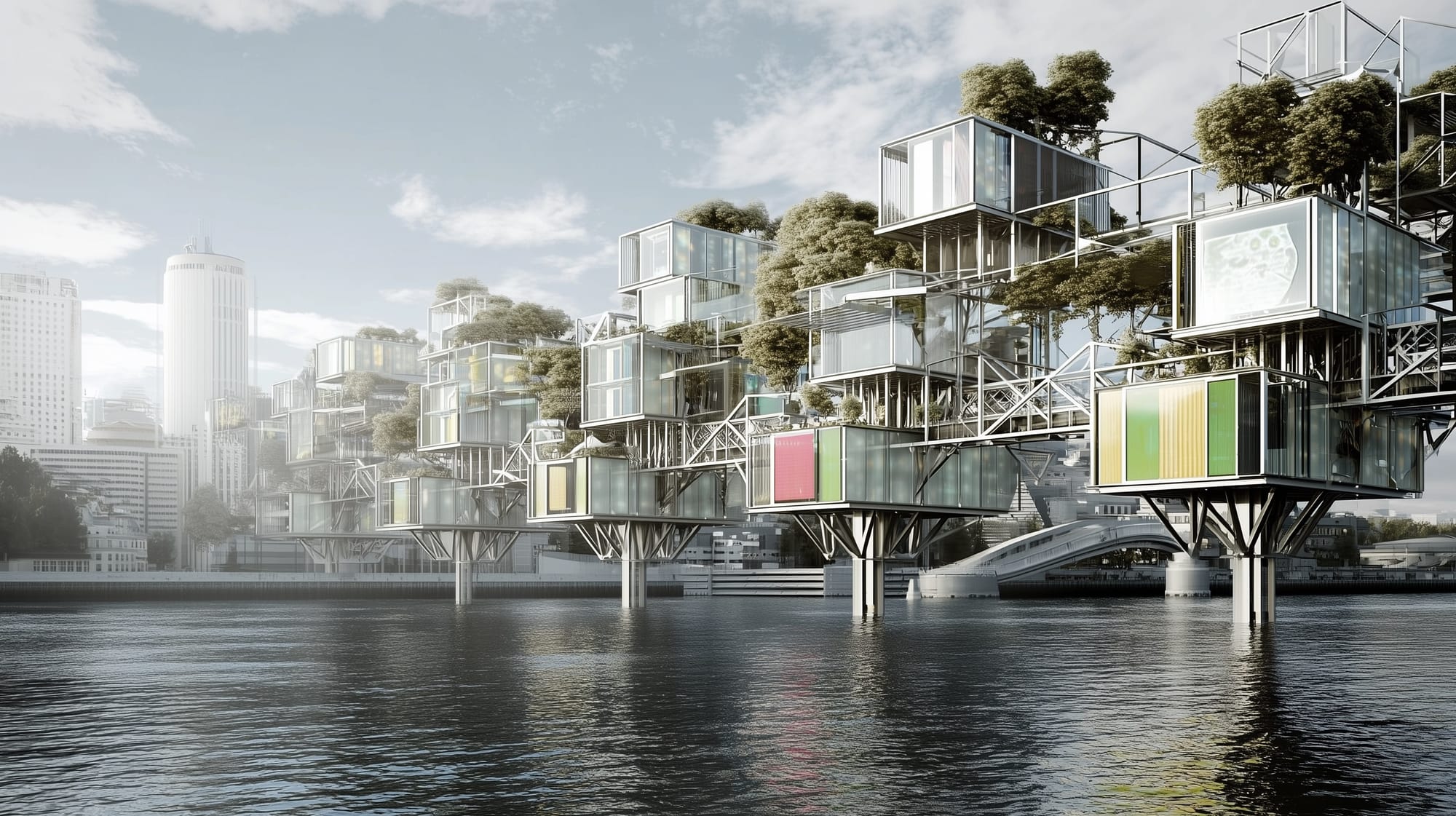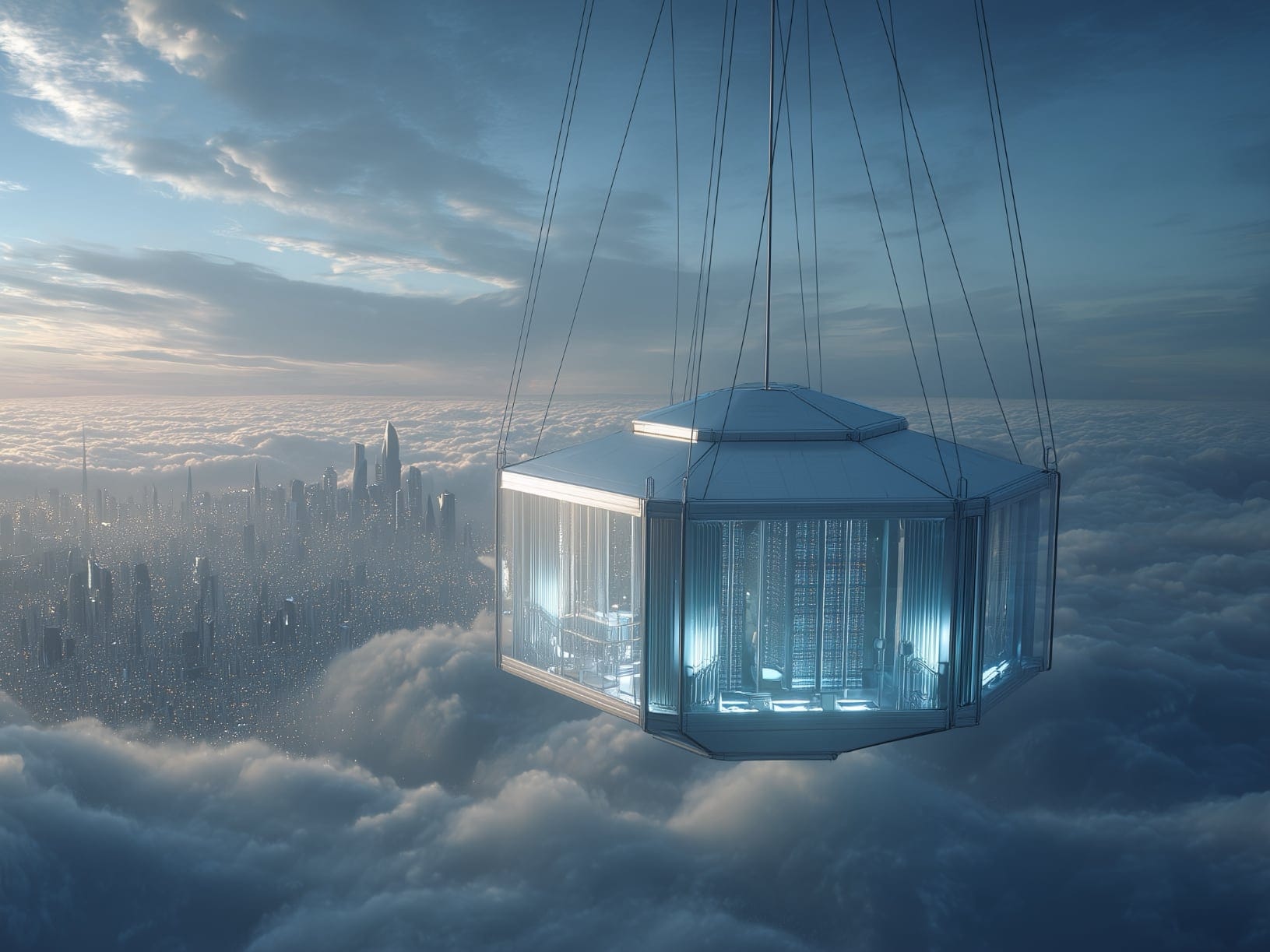- 46% say their current design doesn’t meet energy or carbon goals.
- Data sovereignty and low latency are top design drivers.
- AI will ramp data usage; only 41% feel ready to integrate it well.
- Lenovo’s concepts push liquid cooling and unusual locations.
- Neptune liquid cooling claims to remove up to 98% of heat at source.
Lenovo’s new “Data Center of the Future” study is blunt: many sites in EMEA aren’t built for the next decade of AI workloads, energy limits and compliance. The report highlights the gap between ambition and infrastructure, then sketches three concept designs that rely on liquid cooling and smarter placement. There’s also a UAE angle, with local organisations included in the research and clear links to the region’s fast-growing compute push.
What the study actually says
The numbers point to strain from AI, energy and regulation.
- 46% of leaders say current designs don’t meet sustainability targets.
- 99% say data sovereignty will matter going forward.
- 94% rate low latency as a key requirement.
- 90% expect AI to increase data usage; only 41% feel ready to integrate it efficiently.
The study, dated 6 November 2025, surveyed 250 decision-makers across Germany, Italy, Norway, Sweden, the UK, and the UAE, with fieldwork conducted in August 2025. It frames today’s designs as short of what’s needed for AI-era performance and sustainability.

Why liquid cooling is becoming the baseline
Cooling is the sticking point for dense, power-hungry AI stacks.
- Traditional air systems struggle with efficiency and carbon goals.
- The study's concepts assume liquid cooling from day one.
- Lenovo’s Neptune claims up to 98% heat removal at the source.
Air alone won’t cut it for multi-megawatt halls stuffed with accelerators. The report positions direct liquid cooling as table stakes —not a nice-to-have —because it moves heat away faster and reduces fan energy use. That frees up capacity for AI while staying within energy and sustainability limits.
UAE readers: Want a local sense-check on liquid cooling momentum? See our notes from GITEX on fully fanless DLC systems from HPE, and how Dubai’s planned AI parks and sovereign builds are leaning into high-density, cooled rack
Three concepts for 2055 (yes, one floats)
Lenovo, Mamou-Mani and AKT II sketched three prototypes for where and how to build.
- Floating Cloud: modular, high-altitude, solar-powered, closed liquid loops.
- Data Village / Data Spa: waterside or geothermal sites; heat reuse into communities.
- Data Centre Bunker: reusing tunnels and bunkers for secure, efficient underground builds.
These aren’t blueprints you’ll order next week. They’re direction posts. The Floating Cloud imagines smaller modules suspended at 20–30 km, powered by 24/7 solar energy and cooled by sealed loops. The Data Village shifts capacity nearer to cities and water, using liquid cooling and piping waste heat to schools or homes. The Bunker idea reuses disused underground spaces, cutting land use and improving thermal stability. All assume liquid cooling from the start.
Why this matters for the UAE
Local projects are racing ahead in capacity and sovereign workloads, so the study’s themes align.
- UAE was part of the survey sample.
- Low latency and data sovereignty map to ongoing “build local” pushes.
- Compute growth is visible across hyperscale and national initiatives.
For context, see recent UAE moves: G42 and Microsoft’s plan tied to 200 MW near-term capacity and sovereign Azure workloads, Khazna’s global standards push, and the 1 GW Stargate UAE cluster now in build. These underline why latency, sovereignty and cooling are now design filters, not afterthoughts.
What IT teams should do next
Treat AI, energy and compliance as one problem, not three.
- Map AI demand growth vs. current power and cooling.
- Prioritise sovereignty and latency in siting and architecture.
- Plan a path to liquid cooling and heat reuse where possible.
The study backs a shift to partners and designs that cut energy use, meet sovereignty rules and handle AI bursts without drama. Practically, that means pilots for direct liquid cooling, edge siting near users, and contracts that account for heat reuse and water stewardship. The message is basic but overdue: build for AI density and compliance on day one, not as a retrofit.
FAQs
What is Lenovo’s “Data Center of the Future” study?
A Lenovo-commissioned report with Opinium surveying 250 IT decision makers across six EMEA countries including the UAE, fielded in August 2025.
Why is everyone talking about data sovereignty?
Because almost all respondents say it will shape how and where data is processed, with low latency also ranked highly due to real-time and edge workloads.
Is AI really the main driver of change?
Yes. Most expect AI to boost data usage, but many aren’t ready to integrate it efficiently, which exposes cooling and power gaps.
Why push liquid cooling now?
Air cooling struggles at AI densities. The concepts assume liquid cooling as standard, and Lenovo’s Neptune claims up to 98% heat removal at the source.
Are these concept designs realistic?
They’re meant to provoke and guide pilots. From high-altitude modules to underground reuse, the ideas show pathways to scale compute while managing energy, heat and land use.
Source: Lenovo press release, 6 November 2025.
Subscribe to our newsletter to get the latest updates and news







